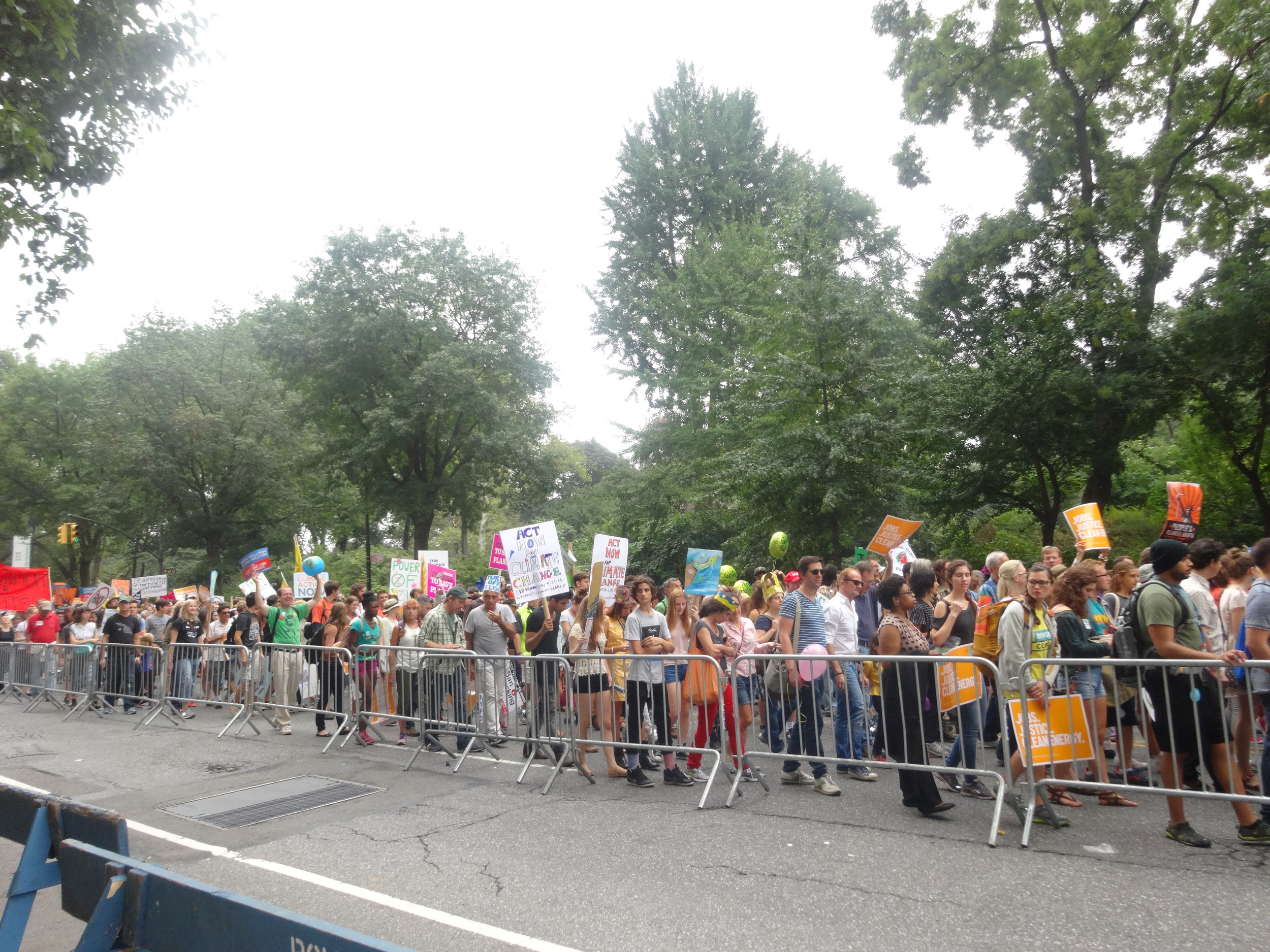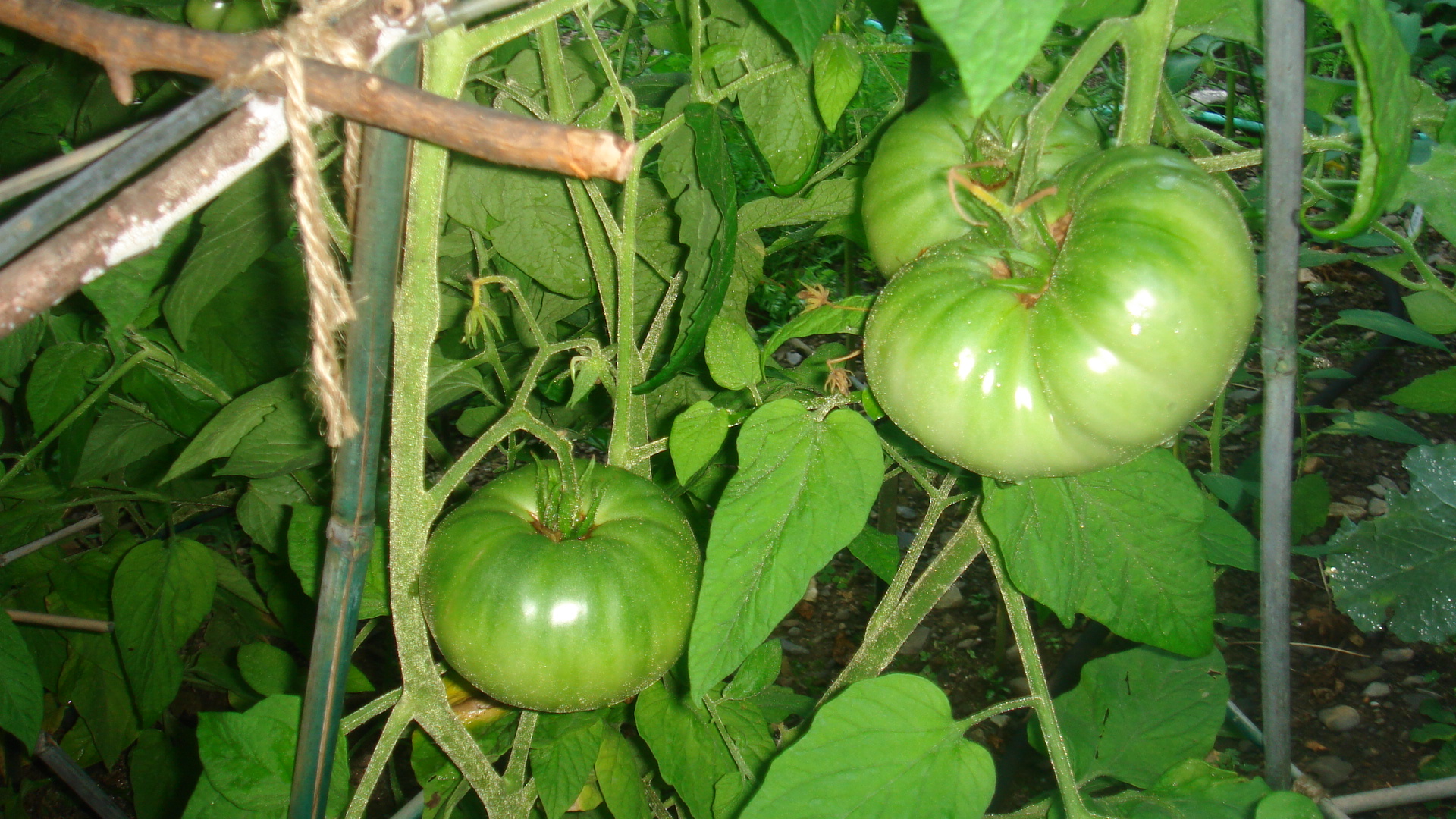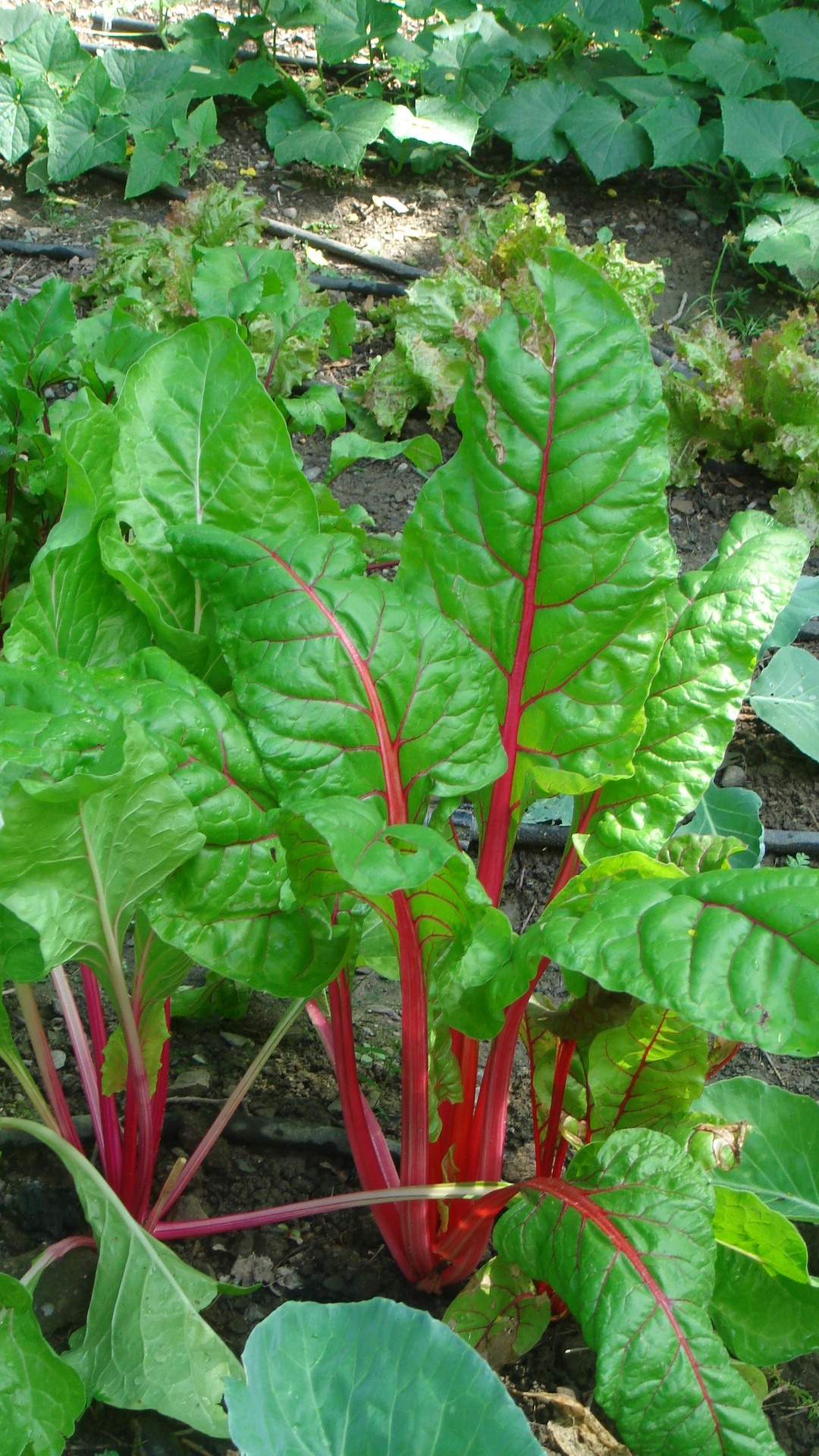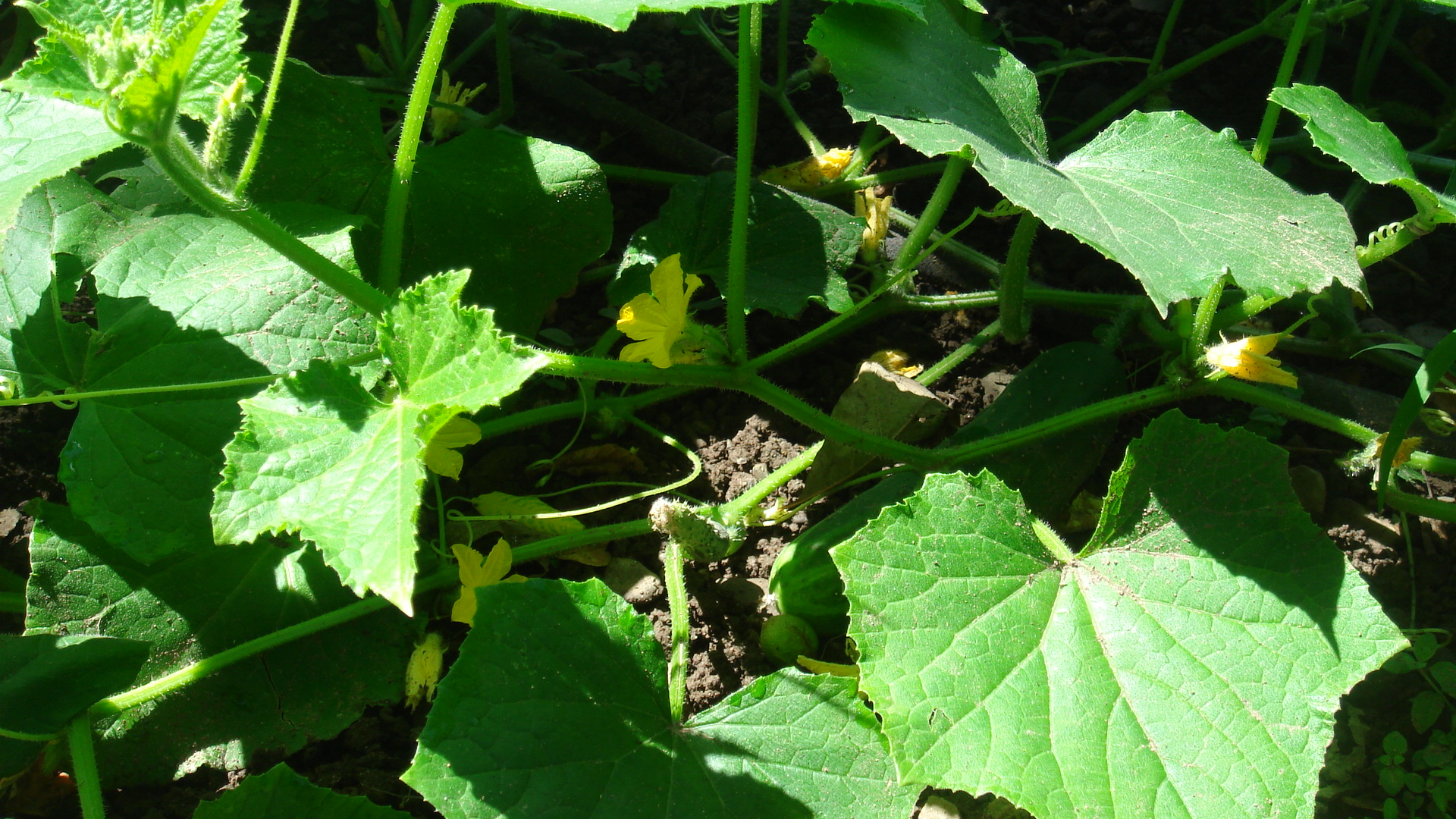The whole controversy about sunscreen and skin cancer has made us scared to be out in the sun without a thick layer of white sunscreen on our face, long sleeves and a hat. However, this prevents us from soaking up vitamin D through the skin, which the body needs for calcium absorption and a healthy immune system. So we put ourselves between a rock and a hard place and take vitamin D supplements (and make the whole supplement industry very profitable along the way), although those supplements are not the same as sunshine au naturel.
In addition, we need at least 10 minutes of real sunshine a day to reset our circadian rhythms, which promote a healthy sleep cycle.
And, talking about the absence of sunshine in our life, people have gotten so used to wearing sunglasses for fashion looks that their eyes are becoming overly sensitive (have you ever seen an indigenous person with sun glasses?), when in reality our eyes were made for sunshine (other than extremely bright conditions, such as a walk in the Sahara, skiing in the mountains under a sunny sky, or a sunshine filled glacier walk).
Get some real sunshine in your life by going out at lunchtime, parking your car a bit further on a sunny day and walking that extra half mile, sitting on a park bench and soaking up that sun, getting off the subway or the bus one stop before your's to get that extra bit of sunshine, and a bit of hiking and biking on the week-end.













